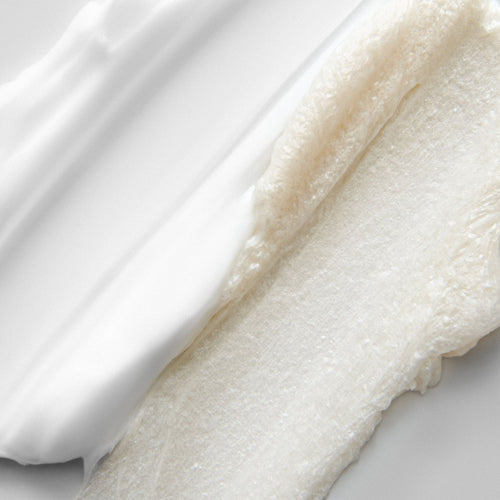Your skincare routine matters now more than ever.
While that radiant "pregnancy glow" is real for some, many women experience a mix of skin changes — dryness, sensitivity, breakouts — all thanks to fluctuating hormones. But before you reach for your usual beauty favourites, pause and read the label. Some common skincare ingredients aren’t recommended for use during pregnancy.
Here’s a clear guide to help you navigate what to avoid and how to care for your skin safely during this special time. 💛
Botulinum Toxin (Botox & Fillers)
Injectables like Botox work by paralysing muscles. While there’s no direct research on effects during pregnancy, no doctor will recommend their use while expecting. Not worth the risk!
Diazolidinyl Urea
Often found in mascara, this ingredient may release formaldehyde, a known skin and respiratory irritant. Best to double-check your mascara labels!

Unsafe Essential Oils
Essential oils are powerful — and some should be avoided during pregnancy, especially in the first trimester. Oils that may cause uterine contractions or unknown effects include:
Fennel, clary sage, cinnamon, tarragon, caraway, marjoram, camphor, parsley seed, aniseed, wormwood, pennyroyal, thuja, mugwort, basil, wintergreen, hyssop, and tansy.
Note: BAO Skincare has carefully selected only pregnancy-safe essential oils, such as Sweet Orange, Grapefruit, Mandarin, Lemongrass, Lavender (from 2nd trimester), Geranium, and Ylang Ylang.
💡 Avoid BAO’s Restorative Beauty Oil and Healing Bath Salts during the first trimester.
Formaldehyde
Linked to cancer and nervous system issues, this chemical is still found in some nail polishes and hair-straightening treatments. Check labels and avoid where possible.
Hydroquinone
Used in brightening products for pigmentation and melasma, hydroquinone has a high absorption rate and unknown fetal effects. It's best avoided during pregnancy.
🧴 TIP: Prevent pigmentation with daily use of SPF instead!
Parabens
These preservatives are being studied for links to breast cancer and reproductive harm. While more research is needed, safer paraben-free alternatives are widely available — including at BAO!
Phthalates
Used to stabilise formulas in cosmetics, phthalates have been linked to liver, kidney, and reproductive issues. Look out for ingredients ending in-phthalate.
Retinoids (Vitamin A Derivatives)
Found in acne and anti-ageing products, retinoids (like isotretinoin) are known to cause birth defects. Avoid both oral and topical forms during pregnancy and breastfeeding.
Salicylic Acid
This beta hydroxy acid helps with acne and exfoliation. While low concentrations (2% or less) may be considered low-risk in small amounts, many dermatologists recommend avoiding it altogether during pregnancy.
Sodium Lauryl Sulfate (SLS)
A harsh foaming agent found in many soaps and shampoos. SLS can irritate skin and may affect liver and kidney function with prolonged exposure. All BAO Skincare washes are SLS-free for this reason.
The BAO Promise
BAO Skincare is made with gentle, plant-based, and safe ingredients – including during pregnancy. Every formula is lovingly hand-crafted and avoids harsh chemicals or questionable ingredients, so you can nourish your skin with peace of mind.
“My goal is to make sure you feel confident, calm, and glowing throughout every stage of life – including pregnancy.” – Beth, BAO Founder


